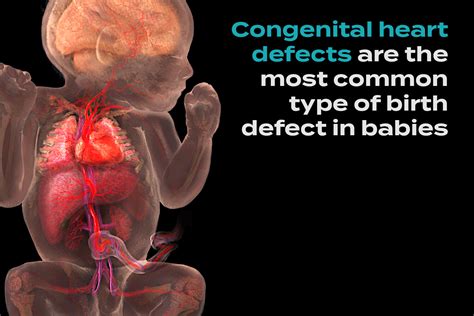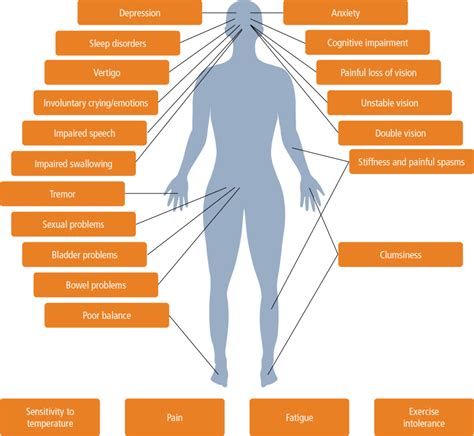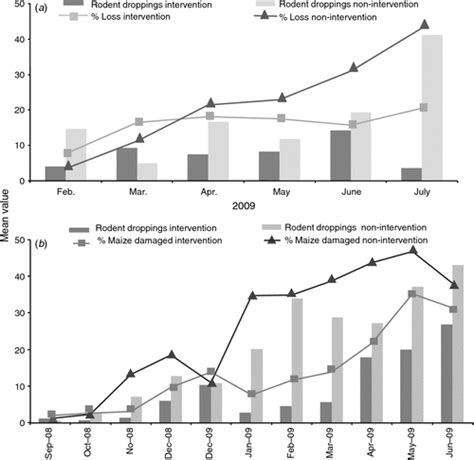Intro
Learn about Hole In Heart At Birth Condition, a congenital heart defect affecting newborns, including symptoms, diagnosis, and treatment options like atrial septal defect repair and patent foramen ovale closure.
A hole in the heart at birth, also known as a congenital heart defect, is a condition where a baby is born with an abnormality in the structure of their heart. This can include issues such as a hole in the wall between the heart's chambers, a misplaced blood vessel, or a problem with the heart valves. According to the Centers for Disease Control and Prevention (CDC), congenital heart defects are the most common type of birth defect, affecting approximately 1 in every 100 births.
The importance of understanding and addressing congenital heart defects cannot be overstated. These defects can range from mild to severe and can have a significant impact on a child's quality of life. In some cases, they can even be life-threatening if left untreated. Fortunately, advances in medical technology and surgical techniques have made it possible to diagnose and treat many of these defects, allowing children to lead healthy and active lives. However, early detection and intervention are crucial in ensuring the best possible outcomes.
In recent years, there has been a growing interest in raising awareness about congenital heart defects, and efforts have been made to improve diagnosis, treatment, and support for affected individuals and their families. This includes educating healthcare providers, developing new treatments and technologies, and providing resources and support for families. By working together, we can improve our understanding of these defects and provide the best possible care for those affected.
What are Congenital Heart Defects?

Types of Congenital Heart Defects
There are many different types of congenital heart defects, each with its own unique characteristics and symptoms. Some of the most common types include: * Atrial septal defects (ASD): a hole in the wall between the heart's upper chambers * Ventricular septal defects (VSD): a hole in the wall between the heart's lower chambers * Patent ductus arteriosus (PDA): a blood vessel that fails to close after birth * Tetralogy of Fallot (TOF): a combination of four heart defects, including a VSD, pulmonary stenosis, right ventricular hypertrophy, and an overriding aortaCauses and Risk Factors

Genetic and Environmental Factors
Research has shown that both genetic and environmental factors can play a role in the development of congenital heart defects. For example, certain genetic mutations can affect the development of the heart, while exposure to environmental toxins can increase the risk of birth defects. Understanding the causes and risk factors of congenital heart defects is crucial in developing effective prevention and treatment strategies.Symptoms and Diagnosis

Diagnostic Tests
Diagnostic tests play a crucial role in diagnosing congenital heart defects. These tests can help healthcare providers to: * Visualize the heart and its structures * Measure blood flow and pressure * Assess cardiac function * Identify any abnormalities or defectsTreatment and Management

Surgical Options
Surgery is often necessary to repair or replace defective heart structures. The type of surgery depends on the specific defect and may involve: * Open-heart surgery: to repair or replace heart structures * Minimally invasive surgery: to repair or replace heart structures using smaller incisions * Catheter-based procedures: to close holes or defects using a catheterLiving with Congenital Heart Defects

Coping and Support
Coping with congenital heart defects can be emotionally challenging, and it's essential to have a strong support system. This can include: * Family and friends: for emotional support and encouragement * Support groups: to connect with others who have experienced similar challenges * Mental health professionals: to manage stress and anxietyWhat are the most common types of congenital heart defects?
+The most common types of congenital heart defects include atrial septal defects (ASD), ventricular septal defects (VSD), patent ductus arteriosus (PDA), and tetralogy of Fallot (TOF).
What are the symptoms of congenital heart defects?
+The symptoms of congenital heart defects can vary depending on the type and severity of the defect, but common symptoms include shortness of breath, fatigue, pale or blue-tinged skin, poor appetite, and slow growth and development.
How are congenital heart defects diagnosed?
+Congenital heart defects are typically diagnosed using a combination of physical examination, medical history, and diagnostic tests, such as echocardiography, electrocardiography, and cardiac catheterization.
What are the treatment options for congenital heart defects?
+Treatment options for congenital heart defects depend on the type and severity of the defect, but common options include medications, surgery, catheterization, and heart transplantation.
How can individuals with congenital heart defects manage their condition?
+Individuals with congenital heart defects can manage their condition by following a healthy lifestyle, attending regular check-ups, taking medications as prescribed, and seeking support from family, friends, and mental health professionals.
We hope this article has provided you with a comprehensive understanding of congenital heart defects, including their causes, symptoms, diagnosis, treatment, and management. If you have any further questions or concerns, please don't hesitate to reach out. Share this article with others to help raise awareness about congenital heart defects, and let's work together to support those affected by these conditions.
